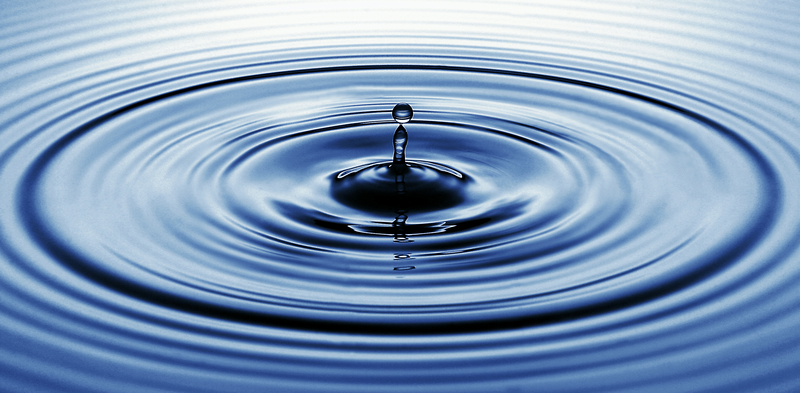No one contests the assertion that access to water is vital in a survival situation, but equally important is that the water you ingest be safe.
Here are several methods of purifying water.
Boiling
Is the most commonly used method to purify water. Water that is to be boiled should always be clear. It is easier with a kettle as it whistles once it is ready to be turned off. Otherwise if using other types of simple container, once boiling, you should continue for about 2 to 3 more minutes before removing the heat.
Pros
Kills almost every living thing and vaporizes most chemicals.Cons
Metals become more concentrated.Fiber Filter
These filters contain cellulose, rayon or some other material spun into a mesh with small pores. It is just like pouring water containing sand through a piece of cloth. Unlike slow sand filter, pressure is applied to force water through tightly wrapped fibers. There are many kinds of fiber filters in the market that comes in a variety of shapes and sizes from fine to coarse meshes. Go for fiber filters with micron ratings lower than 1 to efficiently trap particles.
Pros
Sediment and muddiness is removed.
Small organic particles that causes bad odors and taste may also be removed.Cons
he lower the micron ratings, the more often the filter must be changed.
Anything that is dissolved in water like chlorine, lead and mercury is not removed.Activated Carbon / Charcoal Filter
Charcoal is carbon. Activated charcoal is charcoal that has been treated with oxygen to open up millions of tiny pores between the carbon atoms. The use of special manufacturing techniques results in highly porous charcoals that have surface areas of 300-2,000 square meters/gram. These activated charcoals are then used to adsorb substances from liquids. Adsorb basically means attaching by chemical reaction. Activated charcoal with a fairly wide surface area has countless potential for bonding chemicals to the surface.
Activated charcoal is good at trapping other carbon-based impurities, as well as things like chlorine. Many other chemicals like sodium and nitrate are not attracted to carbon at all so they pass right through. This means that an activated charcoal filter will remove certain impurities while ignoring others. It also means that, once all of the bonding sites are filled, an activated charcoal filter stops working. At that point you must replace the filter.
Distillation
Distilled water is pure water that is obtained in a process that captures the pure steam from boiling water, which turns to liquid form again through condensation. A vapor trap, carbon filter, or other device should be used along with a distiller to ensure a more complete removal of contaminants.
Pros
Very pure water is captured.
Removes salt, minerals, metals, chloride and others that carbon fails to discard.
Bacteria, viruses and protozoa is killed or left behind when water evaporates.
Regardless of the quality of the entering water, the end result will always be high quality treated water.
Unlike filters, there is nothing to replace.Cons
Long hours are required to attain a substantial amount of water. For example, it may take half an hour or longer to get 1 cup’s worth (250ml / 8.5oz) of distilled water.
A lot of electricity is used. For example, it may cost around 0.35 cents worth of electricity to produce 1 gallon / 4 liters of water, which adds up to about $21 per month for 2 gallons per day.
Water cannot be distilled in the absence of electricity, making it completely unattainable should an emergency arise.Solar Water Distiller
A clear plastic barrier like a plastic bag, ground cloth, or a plastic grocery sack is placed over the water source. The sun passes through the barrier and heats the source which then vaporizes, rises and then condenses on the underside of the plastic barrier. The moisture collected is drinking water.
Pros
Capable of distilling almost any tainted water including seawater.
Drinkable water can be condensed from anything that has moisture.
Easy to make and has low impact on the environment. All that is needed is a container to catch water and a large sheet of clear plastic.Cons
Source materials that give off toxins like radiator fluids or fuels are not distillable.
The distilling process is extremely slow and only small amounts can be collected daily.
Wild salmonella reproduces quickly when stored in the dark, requiring 10 parts per million of hydrogen peroxide to solve the issue.
The old saying about the ocean is “water, water everywhere and not a drop to drink” because of the salinity of ocean water.
In general, that concept should apply to all water you access in a survival situation – even if you get it from a faucet.
Because you do not know its source or where it is coming from, all water should be treated as “unsafe” until you can purify it.
To learn more about purifying water, check out odyb.net.
